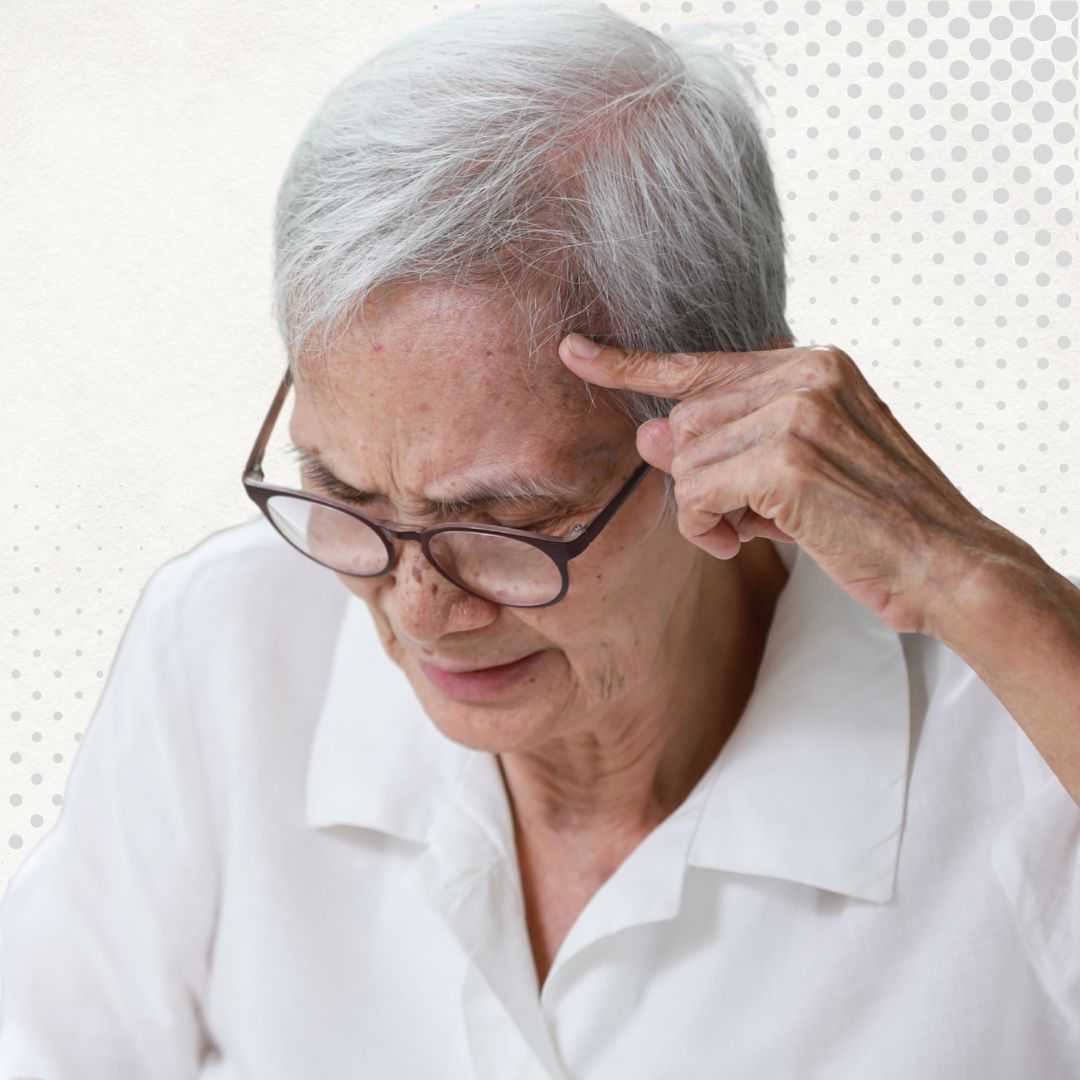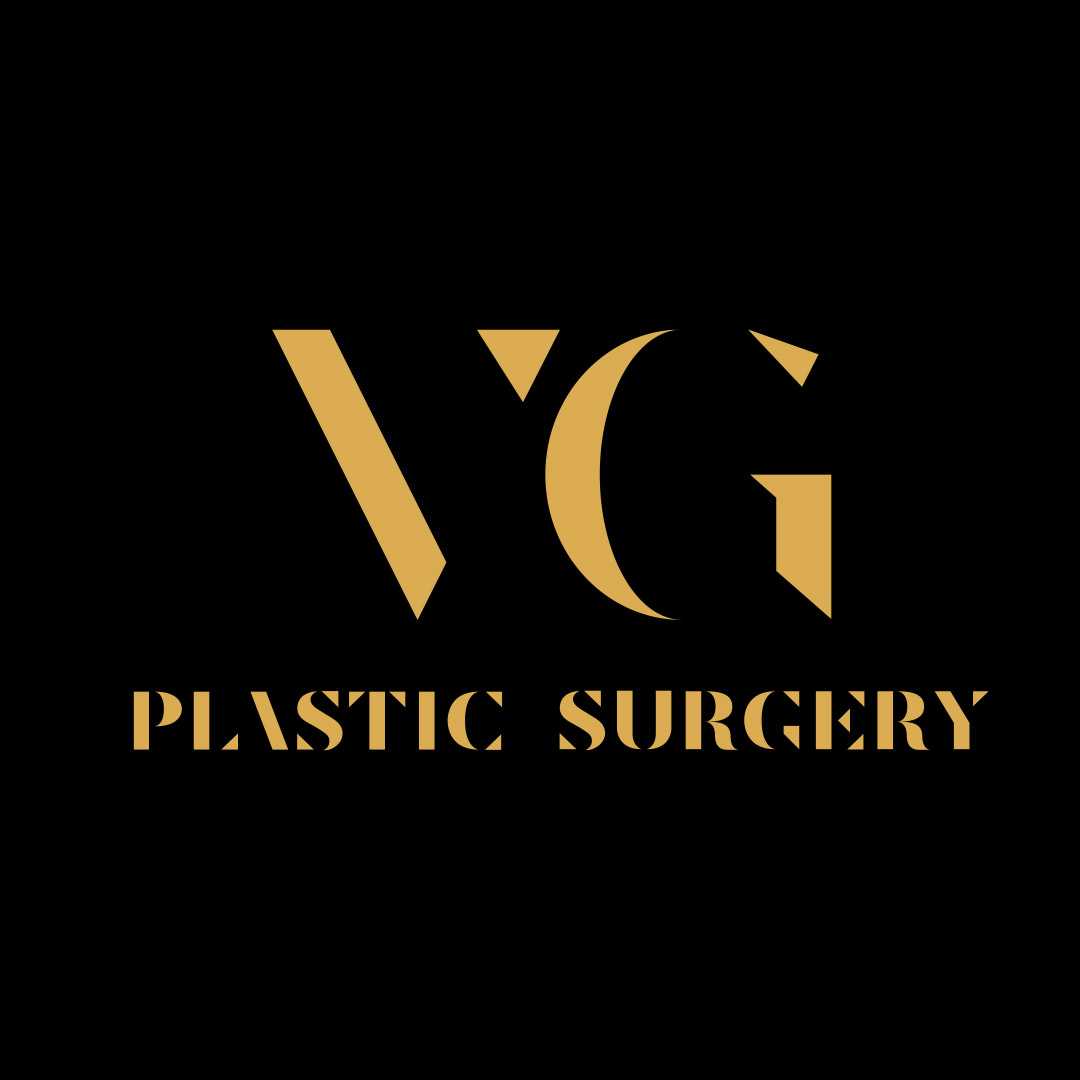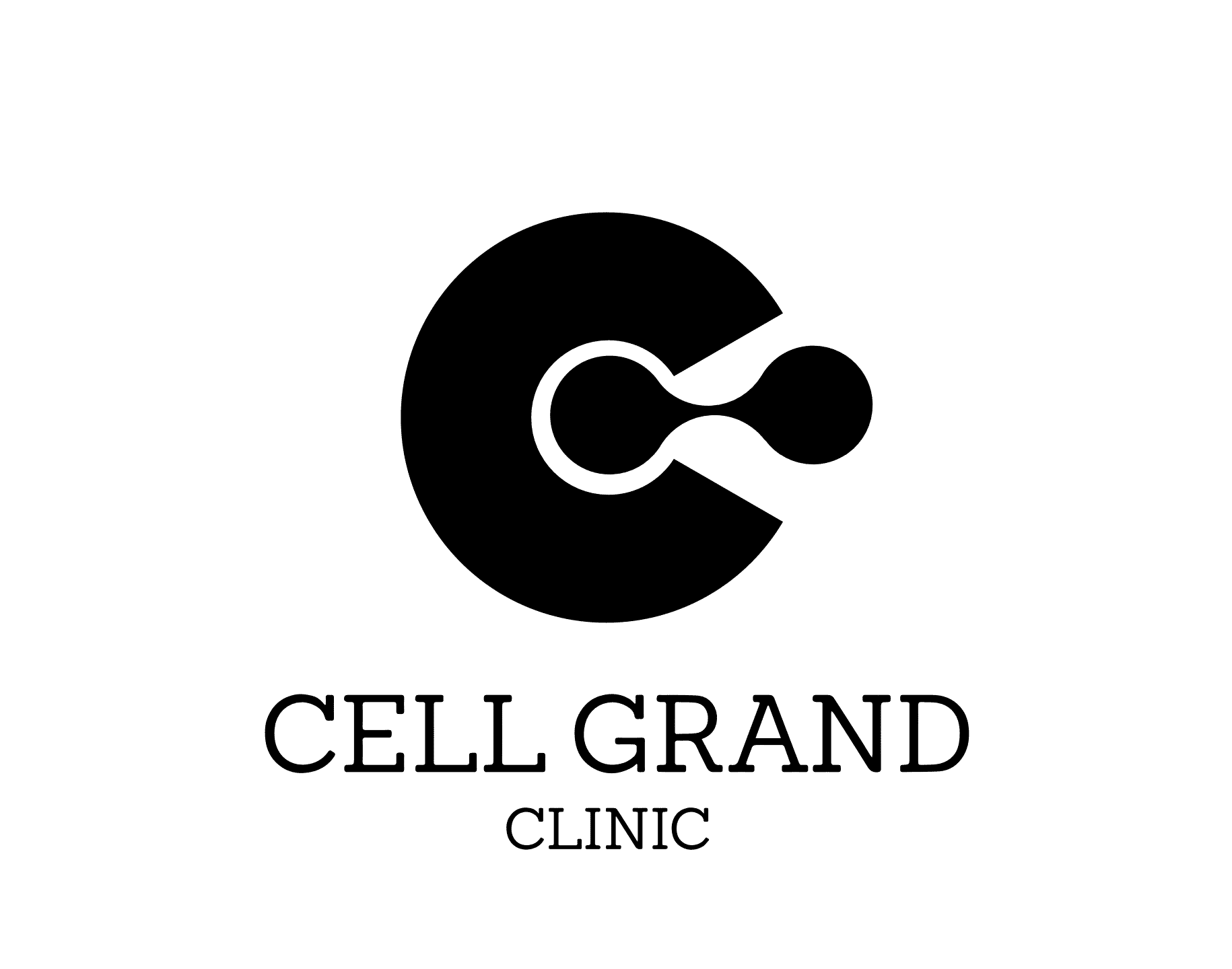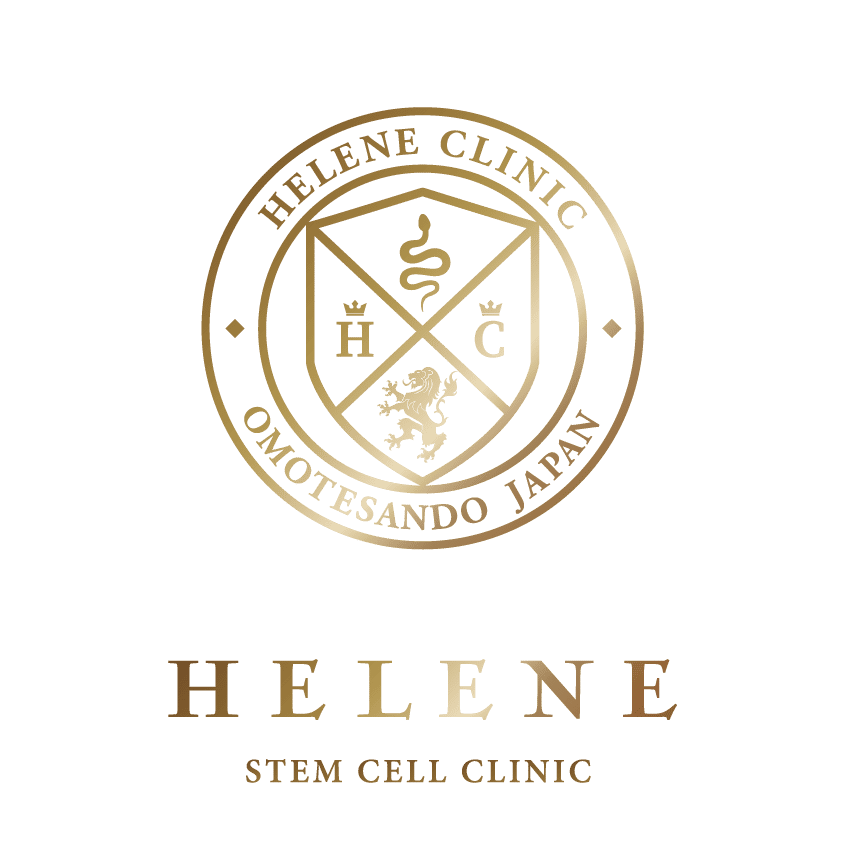
Stem Cell Therapy for Neurodegenerative Diseases in Japan has emerged as a global benchmark for safety and innovation, operating under one of the world's most rigorous regulatory frameworks. For international patients seeking treatment for conditions like Parkinson's disease, ALS (Amyotrophic Lateral Sclerosis), and Alzheimer's, Japan offers a unique ecosystem where cutting-edge cellular technology meets strict government oversight.
Unlike unregulated markets, medical facilities in Tokyo and Osaka operate under the Act on the Safety of Regenerative Medicine (ASRM). This legislation ensures that Stem Cell Therapy for Neurodegenerative Diseases in Japan is not only effective but also fully traceable and safe, providing a secure pathway for medical tourists.
Key Takeaways
-
Regulated Excellence: Japan is the only country with a national law (ASRM) specifically regulating regenerative medicine, requiring government committee approval for every treatment protocol.
-
Advanced Cell Processing: Clinics offering Stem Cell Therapy for Neurodegenerative Diseases in Japan specialize in ex vivo expansion, culturing patients' cells to reach therapeutic numbers (100 million+) before administration—a critical step often unavailable in US clinics.
-
Cost Efficiency: While 30-50% cheaper than US clinical trials or "right-to-try" options, Japan is a premium destination compared to Mexico or Turkey, reflecting its superior safety standards and technological infrastructure.
Estimated Package Costs for Neurodegenerative Treatments:
-
Japan (Standard Protocol): $10,000 – $25,000 (Includes consultation, cell processing, and 1-3 infusions)
-
Japan (Premium/Multi-Cycle): $35,000 – $50,000 (Includes rehabilitation and higher cell counts)
-
Mexico (Tijuana/Guadalajara): $6,500 – $15,000
-
Turkey (Istanbul): $5,000 – $12,000
-
United States: $25,000 – $100,000+ (Often not covered by insurance)
How Stem Cell Therapy Treats Neurodegenerative Diseases
Regenerative medicine aims to repair damage rather than just manage symptoms.
Neurodegenerative diseases are characterized by the progressive loss of structure or function of neurons. Stem Cell Therapy for Neurodegenerative Diseases in Japan focuses on neuroprotection and neuroregeneration. The primary cell types used are Mesenchymal Stem Cells (MSCs) derived from adipose (fat) tissue, bone marrow, or umbilical cord tissue.
Mechanism of Action
-
Paracrine Effect: Stem cells release growth factors and cytokines (like BDNF and GDNF) that reduce neuroinflammation and prevent further cell death.
-
Angiogenesis: They promote the formation of new blood vessels, improving blood flow and oxygenation to damaged brain tissue.
-
Differentiation: In specific advanced protocols (often utilizing iPS cells in clinical trial settings), stem cells may differentiate into specific types of neurons, such as dopamine-producing cells for Parkinson's.
Did You Know? Japan was the birthplace of Induced Pluripotent Stem Cells (iPSCs), discovered by Nobel Laureate Shinya Yamanaka. This heritage drives the country's aggressive pursuit of regenerative cures.
Clinic Specializations in Japan
Certified institutions in Tokyo and Osaka leading the field.
When choosing a provider for Stem Cell Therapy for Neurodegenerative Diseases in Japan, it is crucial to verify their MHLW (Ministry of Health, Labour and Welfare) notification number. Rather than relying on brand names, patients should look for clinics with these specific authorized capabilities:
|
Location |
Specialization Focus |
Notable Features |
|---|---|---|
|
Tokyo |
Parkinson's, Anti-Aging |
Facilities with ASRM accreditation for extensive cell processing and high-volume culture capabilities. |
|
Osaka |
ALS, Alzheimer's |
High-end centers offering cultured autologous MSCs with a focus on "Omotenashi" (hospitality) and detailed post-care tracking. |
|
Tokyo |
Spinal Cord, Stroke |
Clinics that integrate stem cell administration with intensive physical rehabilitation services for functional recovery. |
"The primary advantage of Japanese clinics is the 'Cell Processing Center' (CPC) requirement. Your cells aren't just spun in a centrifuge for 20 minutes like in some bedside kits; they are cultured in a sterile lab for weeks to multiply their numbers and potency." — Dr. Medical Director, Leading Tokyo Clinic.
Detailed Procedures: What Patients Can Expect
A step-by-step guide to the patient journey in Japan.
Most packages for Stem Cell Therapy for Neurodegenerative Diseases in Japan follow a two-visit protocol due to the strict cell culture regulations.
Phase 1: Screening & Harvesting (Day 1-3)
-
Consultation: Comprehensive neurological exam and MRI review.
-
Harvesting: A mini-liposuction (for adipose stem cells) is performed under local anesthesia to collect a small amount of fat tissue. This is less invasive than bone marrow extraction.
-
Departure: The patient can typically fly home after this step.
Phase 2: Cell Culture (3-4 Weeks)
-
The tissue is sent to a certified CPC. Technicians isolate stem cells and culture them to expand their numbers from a few million to 100 million - 200 million.
-
Quality Check: Cells are tested for sterility, viability, and count before release.
Phase 3: Administration (Day 1 of Return Visit)
-
Intravenous (IV) Infusion: The most common method. Cells are infused into the bloodstream, where they cross the blood-brain barrier to target inflammation.
-
Intrathecal Injection: For conditions like ALS or Spinal Cord Injury, cells may be injected directly into the spinal canal to reach the central nervous system more effectively.
-
Observation: Patients are monitored for 2-4 hours post-procedure.
Candidacy and Safety: Who Qualifies?
Understanding the Act on the Safety of Regenerative Medicine (ASRM).
Not every patient is a candidate. Japanese law requires strict inclusion criteria to ensure safety.
Ideal Candidates Typically Have:
-
Early to Moderate Stage Disease: Patients in earlier stages of Parkinson's or Alzheimer's tend to respond better than those in advanced stages.
-
Medical Stability: No active infections, cancer, or uncontrolled chronic conditions.
-
Ability to Travel: Must be cleared for international flights (approximately 10-14 hours from the US/Europe).
Risks and Side Effects
While autologous (patient's own) cells have minimal rejection risk, potential side effects include:
-
Temporary fever or headache post-infusion.
-
Minor bruising at the harvest site.
-
Note: Japanese clinics strictly monitor against embolism risks by controlling infusion speeds and cell density.
Cost Comparison: Japan vs. The World
Analyzing the investment for Stem Cell Therapy Parkinson's Tokyo vs. alternatives.
Medical tourists often ask why Japan costs more than Mexico. The difference lies in the technology and regulation.
Cost Breakdown Table
|
Destination |
Procedure Type |
Avg. Cost (USD) |
Regulatory Body |
|---|---|---|---|
|
Tokyo, Japan |
Cultured Adipose MSCs (High Dose) |
$12,000 - $25,000 |
MHLW (Govt. Approved) |
|
Tijuana, Mexico |
Non-Cultured / Bone Marrow |
$6,500 - $12,000 |
COFEPRIS |
|
Istanbul, Turkey |
Allogeneic (Umbilical Cord) |
$5,000 - $10,000 |
Ministry of Health |
|
United States |
Clinical Trial / Unapproved |
$30,000+ |
FDA (Restricted) |
-
Why pay more for Japan? You are paying for the culture process (more cells) and the legal assurance that the clinic is inspected by the government.
-
Hidden Costs: Remember to factor in flights, accommodation (hotels in Tokyo average $150/night), and a medical interpreter ($300-$500/day) if not included in your package.
Frequently Asked Questions (FAQ)
Is stem cell therapy legal in Japan for foreigners?
Yes. The Act on the Safety of Regenerative Medicine allows certified clinics to treat international patients. You can legally travel to Tokyo or Osaka for these procedures provided the clinic has the correct license.
What is the success rate for ALS stem cell treatment in Japan?
While there is no "cure," clinical data from Phase 2 trials suggests that treatments (like those using Muse cells or MSCs) may slow disease progression in 30-50% of patients. Results vary significantly by individual.
Does insurance cover stem cell therapy in Japan?
No. International health insurance and US Medicare do not cover these procedures as they are considered elective/regenerative. Patients must pay out-of-pocket.
Can I get a refund if the treatment doesn't work?
Generally, no. Medical outcomes cannot be guaranteed. Reputable clinics will be transparent about this during the consultation phase.
How long do I need to stay in Japan?
For the cell harvest, 2-3 days. For the infusion (3-4 weeks later), another 3-5 days. Some clinics offer "Same Trip" options using donor (allogeneic) cells, which reduces the stay to 5 days total.
Which is better: Stem cell therapy in Mexico or Japan?
Choose Mexico for affordability and proximity to the US. Choose Japan for higher safety standards, advanced cell culture technology, and strict government oversight.
Ready to Explore Your Options?
Navigating the regulations and choices for Stem Cell Therapy for Neurodegenerative Diseases in Japan can be overwhelming. PlacidWay helps you connect directly with government-licensed clinics in Tokyo, Osaka, and Kyoto.
Why PlacidWay?
-
Certified Clinics Only: We only partner with facilities holding valid MHLW notification numbers.
-
Transparent Quotes: Get detailed breakdowns of costs including processing fees and medical stays.
-
Full Support: From medical visa assistance to translation services.


.png)




.jpg)
.jpg)

.png)





Share this listing